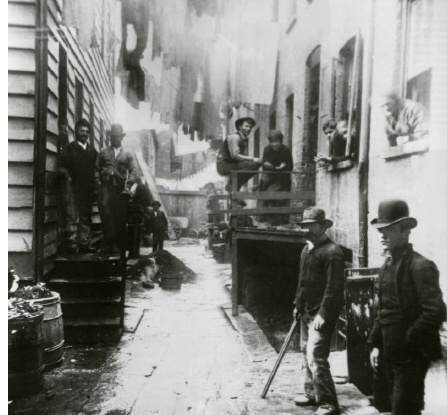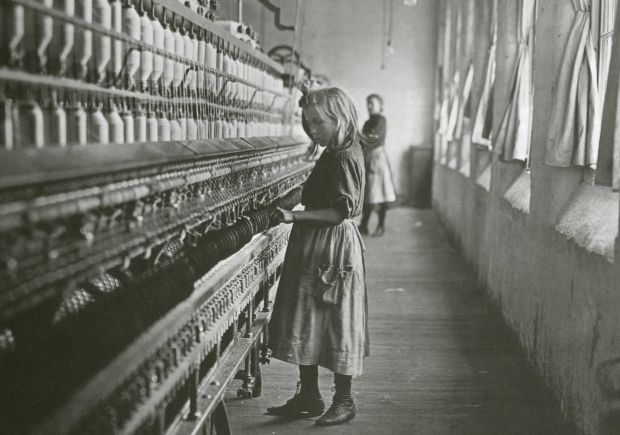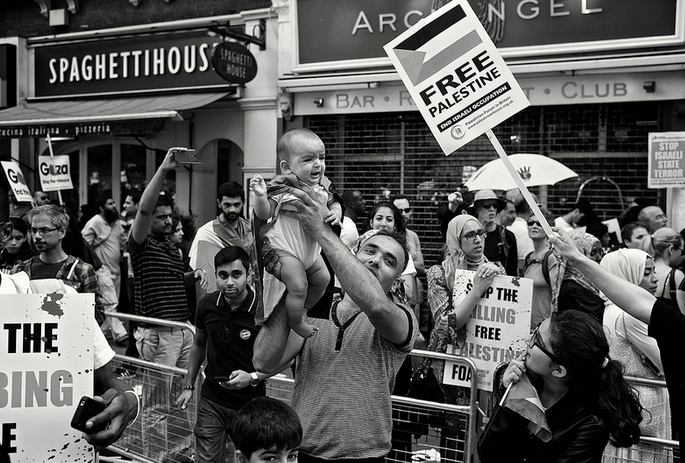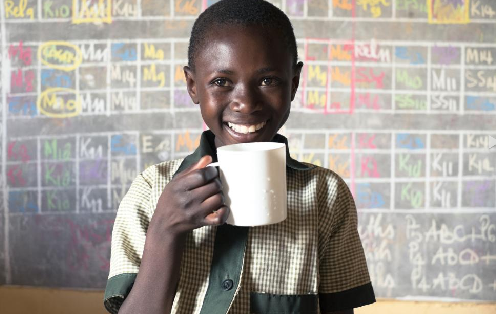Introduction
Social documentary has existed for more than 100 years and it has had numerous aims and implications throughout this time. Many photographers highlighted aspects of people’s life that were unknown to the larger public. Such artists as Jacob Riis, Lewis Hine, Dorothea Lange and many others are seen as most influential photographers that shaped or rather created social documentary photography. It is possible to single out two major goals those photographers pursued: to draw people’s attention and to motivate people to act. There were other aims as well. However, it is necessary to note that the two major goals have remained unchanged and contemporary photographers try to achieve the same goals with the help of social documentary photography, which is a combination of ideology and person experiences.
Early Social Documentary Photography and Its Aims
As has been mentioned above, Jacob Riis is regarded as one of the most influential documentary photographers. He was a Danish immigrant who helped people learn about underprivileged groups within the American society. In the first place, he tried to inform people about the diversity of life in the city, which was a common trend for the beginning of the twentieth century (Marien 203). For instance, he depicted the life in the slums where people pertaining to middle class were afraid to walk. His famous photograph of the criminals’ roost reveals the atmosphere in that place (see fig. 1). The photographer also tried to draw people’s attention to the issues of the poor (especially immigrants). He believed that the rich and the middle-class had to support the poor through charities and he took numerous pictures to show that misfortunes of the poor.
Lewis Hine also pursued similar goals as he tried to make people think of less privileged people and help them overcome numerous constraints. Importantly, Lewis Hine also showed the life of underprivileged and their problems. However, the artists also wanted to reveal the dignity of immigrants and wanted to make people see them as “Pilgrims who landed at Plymouth Rock” (qtd. in Marien 205). Hine tried to reveal immigrants strive for their own American Dream and their readiness to work hard and succeed (see fig. 2). It is necessary to note that the two photographers, Riis and Hine, had quite specific views on immigrants and this affected their works significantly.

It is also necessary to add that Lewis Hine also pursued another aim. He worked for such organizations as the National Child Labor Committee and he took pictures to unveil the wrongs of the capitalistic society and reveal the results of the organization’s work. Therefore, social documentary photography was aimed at reporting particular results of campaigns. It became associated with “giving the reader empirical evidence with a strong pedagogic or even judicial tone” (Bate 50). This was especially true for the period of the Great Depression when thousands of people became victims of the capitalistic system.
It is possible to note that the photos became indispensable parts of the ideology. For example, Dorothea Lange’s photo became iconic and it still represents despair of people who lost everything and did not have any chance to survive in the harsh period of the Great Depression (see fig. 3). The picture has become a reminder and is used by people living in the 21st century as a symbol of the dark side of capitalism.


Modern Social Documentary Photography and Its Aims
After a brief analysis of the early social documentary photography, it becomes clear that major aims and goals have not changed. Photographers still try to draw people’s attention to major issues arising in the society. Thus, James Phillips shows Palestine people protesting in London against the horrible events that took place in summer 2014 (see fig. 4). The photo is really appealing as a young man holding a baby is in the center of the protest march. The photographer reveals the essence of the situation in Palestine where hundreds and thousands of innocent people (including children) were exposed to a great danger and became victims of the wrongs of the contemporary society.

Another aim of the contemporary social documentary photography is to provide particular evidence on charity programs and incentives. Photographers provide photos depicting results and outcomes of charitable activities (see fig. 5). Importantly, in both cases (revealing the wrongs of the society and results of charity programs) serve one goal. These photographs are aimed at appealing to people’s hearts and making them participate in the life of others. It is clear that the two photos provided can make people think of the issues (military conflicts and lack of resources). In its turn, it may result in particular activities that can help people make a difference and create a better society.

It is also important to note that contemporary photographers are as biased as their counterparts who worked 100 years ago. It is clear that documentary photography is more objective than other types of art. However, it still remains biased as the photographer puts into his works “something of the emotion which he feels toward the problem” (Bogre 3). Photographers draw people’s attention towards issues that interest them. Thus, Riis and Hine focused on the life of immigrants while Kim is interested in the availability of resources. This is an important feature of the social documentary photography.
Finally, it is clear that contemporary social documentary photography is also a part of ideology. People’s views on many issues have changed but their desire to solve them remains unchanged. Contemporary ideology is rooted in people desire to create a better world and photographers reveal this ideology in their works. They try to make people respond to the challenges of the contemporary world and start creating a better world.
Conclusion
On balance, it is possible to note that social documentary photography has evolved significantly and some topics like environmental issues or globalization emerged. However, major aims of the social documentary photography remained unchanged. They can be formulated as follows: to make people know and to make people respond. It is noteworthy that making people know can be divided into two subcategories: unveiling the issue and providing evidence of the positive effect of this or that charity. It is also important to remember that even documentary photography is still biased and the viewer does not see bare facts. The viewer is exposed to the photographer’s vision and emotions. However, this does not make social documentary photography less meaningful. It still makes people acknowledge the problem and try to make a difference to create a better society.
Works Cited
Bate, David. Photography: The Key Concepts. New York, NY: Berg, 2009. Print.
Bogre, Michelle. Photography as Activism: Images for Social Change. Burlington, MA: CRC Press, 2012. Print.
Marien, Mary Warner. Photography: A Cultural History. London: Laurence King, 2014. Print.